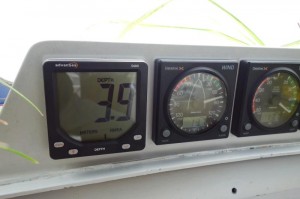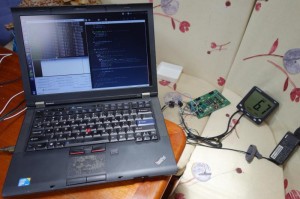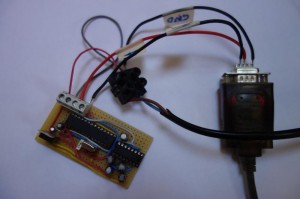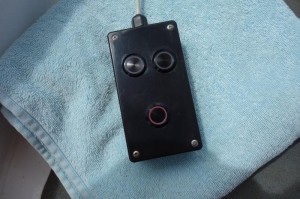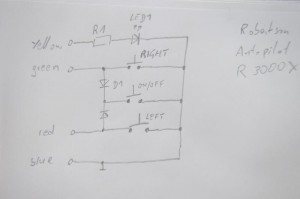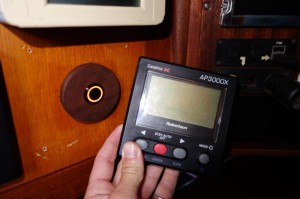When we bought Pitufa 10 years ago, she was equipped with navigation instruments by Robertson/Simrad which were already 10 years old then. We are still using these instruments, despite their growing need for life-sustaining measures.
About five years ago, the mast top unit of the wind instrument was the first component to quit. On the passage from Galapagos to French Polynesia we soon learned to live without a wind display, but looked for a replacement nevertheless. We stumbled over the web site of UK-based Stowe Marine Ltd., which offers components for Simrad/Robertson “Dataline” instruments. A new mast head unit for 375 pounds was our first life-extending measure.
A few years later some of the displays faded badly (not only those with plenty of tropical sun in the cockpit but also below decks), until the depth display was no longer readable at all. Also some push buttons got contact issues. It was time for a new depth display. We bought an AdvanSea S400 as a cheap stand-alone unit (with echo transducer). As the transducer of our Dataline was still operational, we preferred to interface the S400 to the Dataline as a temporary solution (both are NMEA 0183 standard compliant according to their specs sheets). We installed the S400, connected it to the Dataline, but the display showed nothing.
As a reply to an inquiry regarding NMEA conformity, Stowe referred us to a pricey Dataline-to-NMEA translator in their product range… After some reverse engineering and monitoring of the Dataline output, the problem became clear: Dataline sends the depth only as “DBK” (depth below keel) sentences, whereas the S400 expects either “DBT” (depth below transducer) or “DPT” (depth and offset separately). Fortunately we have a well-equipped electronics workshop and the necessary know-how and soon a small microcontroller was programmed to work as a DBK-to-DBT translator.
The next item that needed replacement was the remote control for our Simrad AP3000X autopilot, which occasionally catches salty spray in the cockpit. The corroded box contained merely 3 push buttons, an LED, and 2 diodes, an easy thing to copy.
About two months ago our autopilot quit with angry beeps–a push button of the display unit got stuck. As we use the pilot just to keep a constant compass course for which the remote control is totally enough, only one important function remains for the display unit: switching the autopilot on. For that simple task a push button is sufficient.
At some point we will have to switch to a new generation of navigation instruments, until then we will keep our geriatric devices on life support as long as possible.


